Conservation International and Legacy Landscapes Fund use eDNA to Guide Long-term Conservation in Cardamom Mountains
Landscape-scale eDNA baseline study by LLF and CI reveals astonishing species richness and informs conservation strategies in one of Southeast Asia's largest protected areas, paving the way for long-term ecosystem monitoring at scale
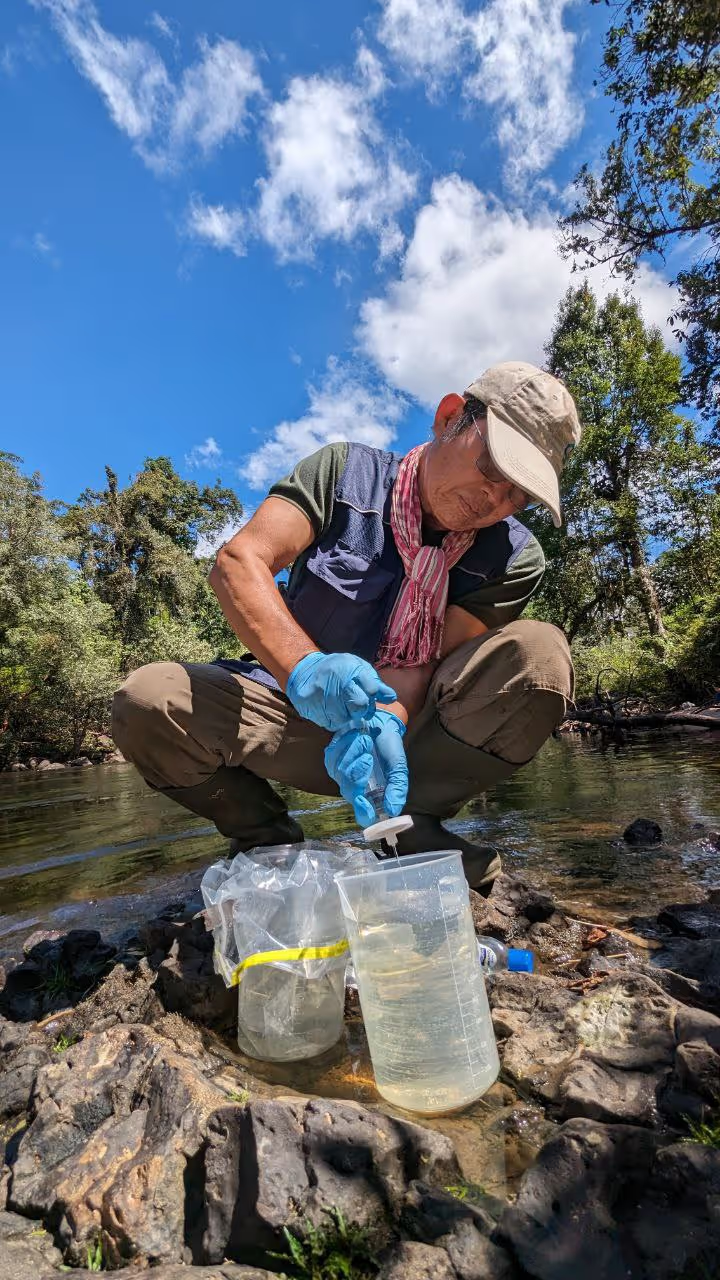
A collaboration between
Project Snapshot
Overview
Conservation International (CI) and Legacy Landscapes Fund (LLF) joined forces with NatureMetrics to conduct a comprehensive eDNA baseline study in the Cardamom Mountains National Park, Cambodia. This vast protected area, spanning 400,000 hectares of tropical rainforest, is a biodiversity hotspot crucial for threatened species and local communities.
Conservation International, a global environmental nonprofit, has been working in the Cardamom Mountains since 2002, focusing on protecting biodiversity, supporting local communities, and promoting sustainable development. The Legacy Landscapes Fund, established to provide long-term funding for biodiversity conservation, has pledged 15 years of support to this project.
This collaborative project aimed to establish a robust, landscape-scale biodiversity baseline, complement existing monitoring methods, and inform future conservation strategies. By utilising NatureMetrics' eDNA technology, the project partners sought to create a comprehensive picture of biodiversity across this challenging terrain, setting the stage for long-term monitoring and adaptive management.

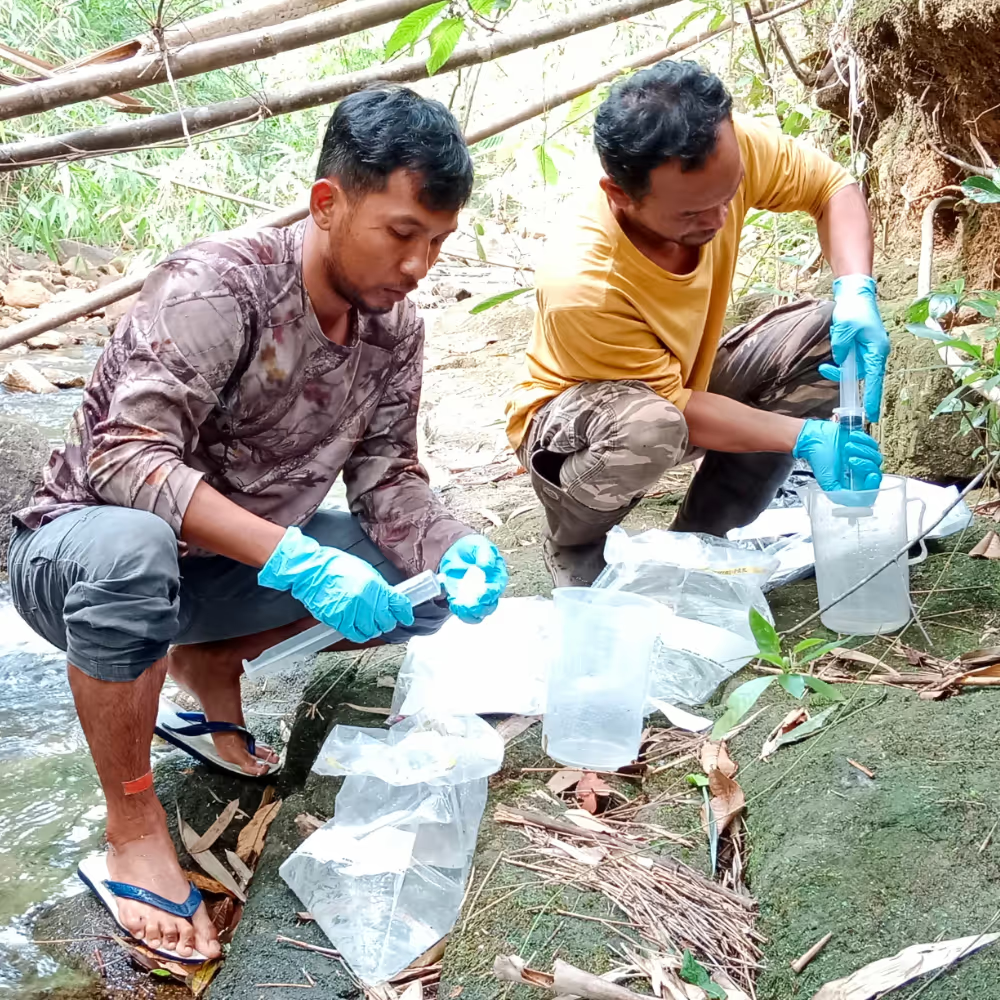
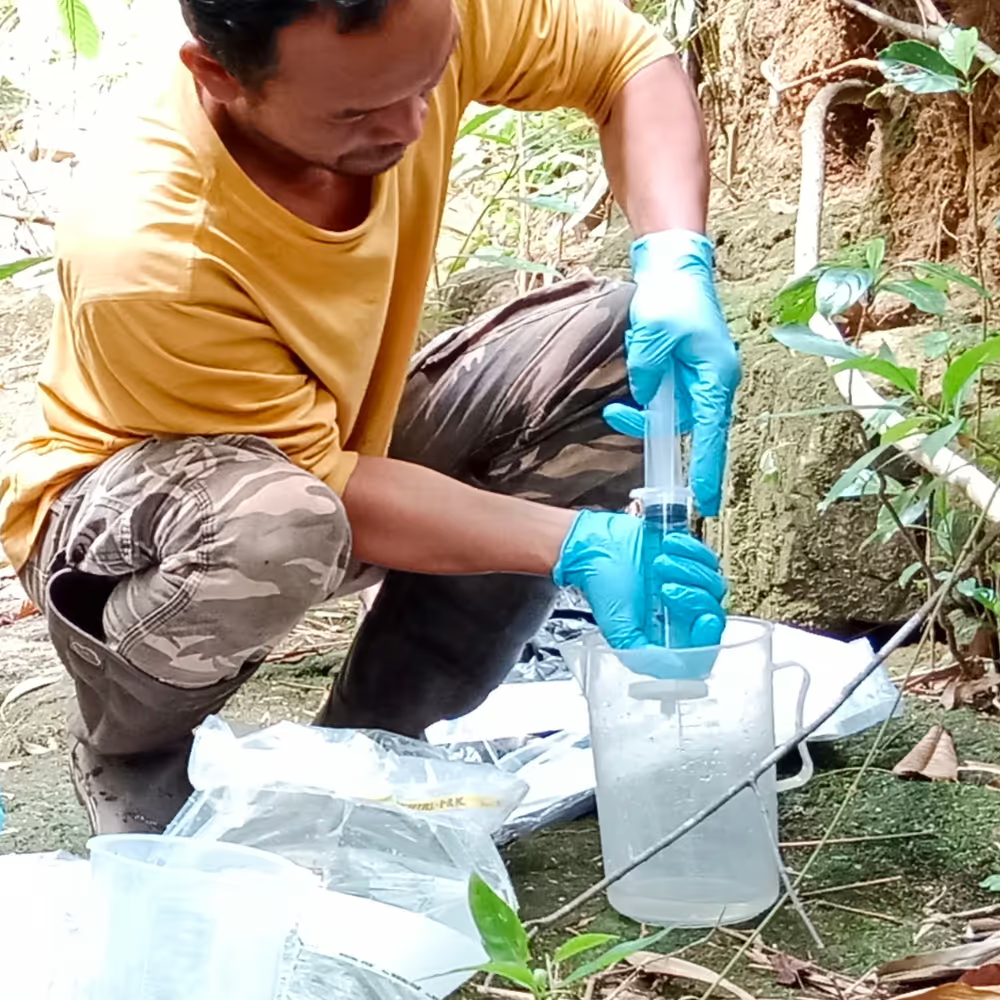



The Challenge
The Cardamom Mountains National Park's dense forests and harsh terrain make conventional biodiversity surveys challenging, time-consuming, and expensive. CI and LLF needed a cost-effective method to gather comprehensive biodiversity data across this vast landscape, including information on elusive species and taxonomic groups often underrepresented in traditional surveys.
Moreover, with a 15-year funding commitment from LLF, there was a pressing need to establish a repeatable monitoring approach that could track changes in biodiversity over time, inform adaptive management strategies, and effectively communicate conservation impacts to investors and stakeholders. Traditional monitoring methods alone were insufficient to provide the breadth of data required for such comprehensive, long-term ecosystem tracking.

Stefanie Lang
Executive Director, Legacy Landscapes Fund
Our Role
NatureMetrics provided a comprehensive eDNA solution tailored to the project's needs. We designed a robust sampling strategy spanning the park's diverse habitats and supplied user-friendly kits that allow anyone to collect samples in remote areas. Our lab conducted advanced metabarcoding analysis for vertebrates and mammals, delivering insights and reports through our Nature Intelligence Platform. Throughout the process, provided guidance on data interpretation and future monitoring, ensuring that Conservation International and LLF could translate the rich biodiversity data into effective conservation strategies.

The Findings
The eDNA analysis revealed a wealth of biodiversity information from across the Cardamom Mountains landscape:
- Over 500 species were detected across the samples, providing a comprehensive baseline of biodiversity
- 17 IUCN Red List species identified, including the Asian black bear, Sunda Pangolin, Binturong and Pileated Gibbon, underlining the area's critical importance for global conservation
- High diversity of bats and birds was uncovered, complementing and extending existing camera trap data
- Pangolin DNA was found at higher densities compared to similar surveys in African landscapes, suggesting a potentially significant population in the area and highlighting the value of the protected area
- The data provided insights into the presence and distribution of potential prey species for apex predators, informing future management and possible reintroduction efforts
- Freshwater ecosystems showed rich biodiversity, including fish, amphibians, and aquatic invertebrates, groups often underrepresented in traditional surveys
- Several species previously unknown to the area were detected, expanding our understanding of the park's biodiversity


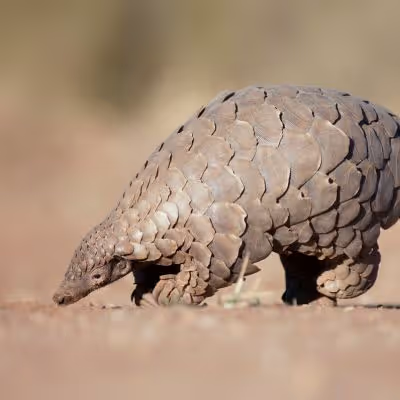



The Impact
This landscape-scale eDNA baseline study has transformed conservation efforts in the Cardamom Mountains, setting the stage for long-term ecosystem monitoring. By filling crucial data gaps, particularly for hard-to-survey taxa, the project has provided a comprehensive picture of the ecosystem's health, directly informing CI's conservation strategies and resource allocation. The baseline data now enables tracking of biodiversity changes over the 15-year project timeline, supporting adaptive management approaches and assessment of conservation interventions.
eDNA sampling has proven highly efficient and accessible, allowing for data collection in difficult-to-access areas while reducing health and safety concerns. Local stakeholders can now effectively gather valuable biodiversity information, making future monitoring more feasible, cost-effective, and safer. The comprehensive species data may also inform future predator reintroduction efforts.
The Nature Intelligence Platform serves as a powerful investor communication tool, allowing CI to clearly demonstrate the impact of conservation investments on ecosystem health over time. The project's success has also highlighted the scalability of eDNA monitoring across LLF's global portfolio of protected areas.
By complementing traditional survey methods, the eDNA data provides a holistic view of biodiversity, enabling comprehensive ecosystem management. This baseline study sets the stage for ongoing monitoring throughout the 15-year funding period. By visualising biodiversity trends over time, CI can directly link conservation actions to ecosystem outcomes, providing clear evidence of the positive impact of LLF's long-term investment.
Ultimately, this eDNA project has equipped Conservation International and Legacy Landscapes Fund with powerful tools to guide targeted interventions, measure conservation outcomes, and protect this critical ecosystem. It serves as a model for data-driven conservation investment globally, demonstrating the potential of innovative technology in biodiversity preservation.

Dr. Jackson Frechette
Senior Conservation Director, Conservation International Cambodia


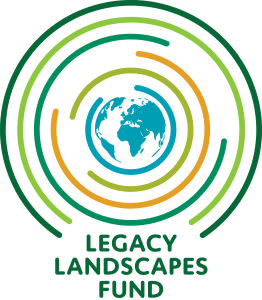


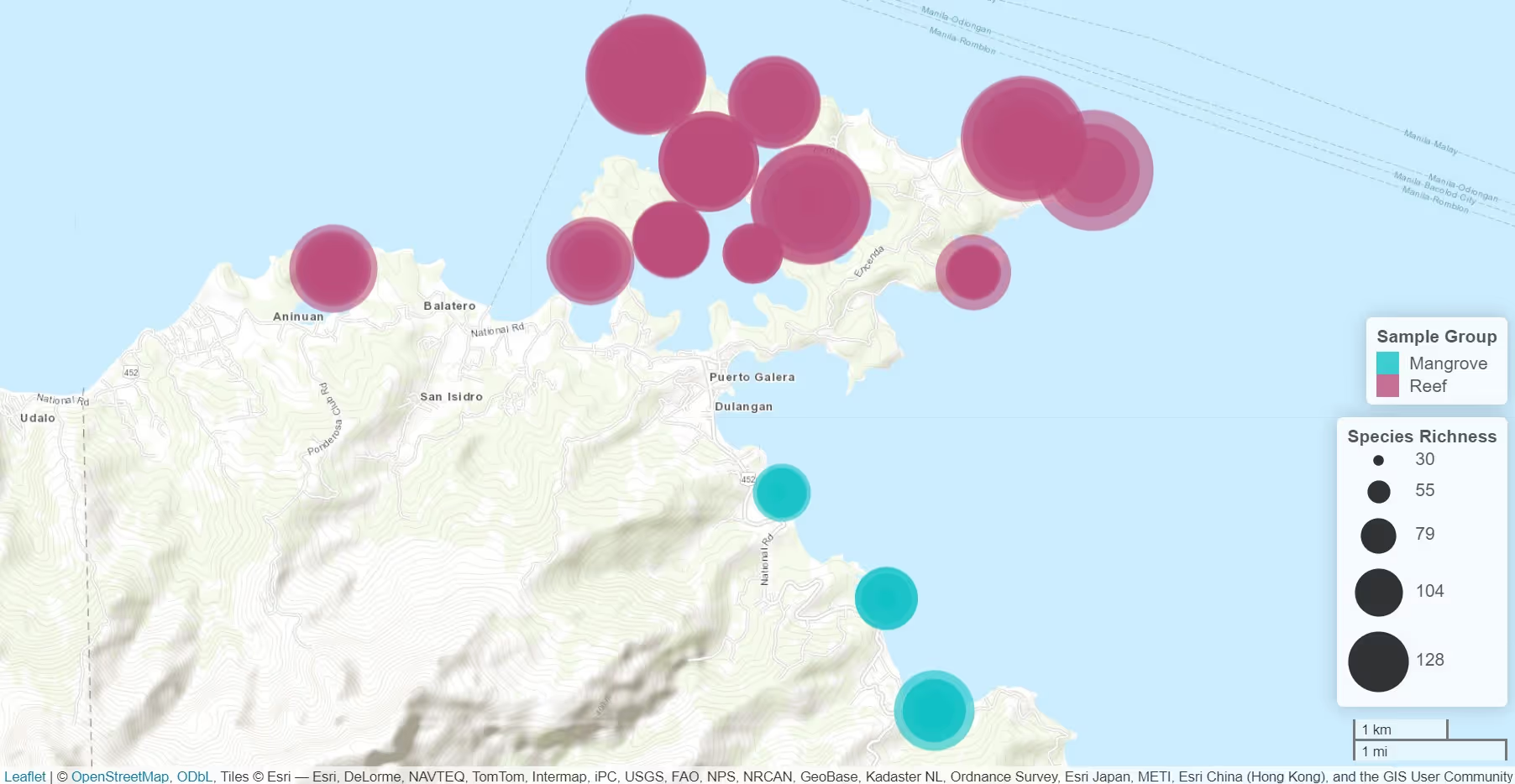
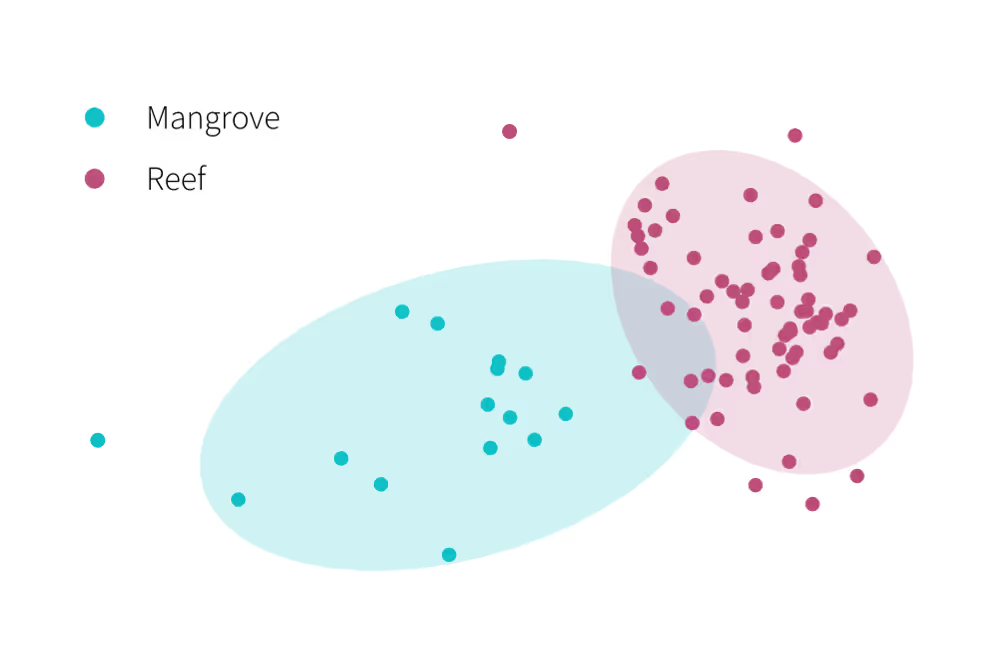

.avif)